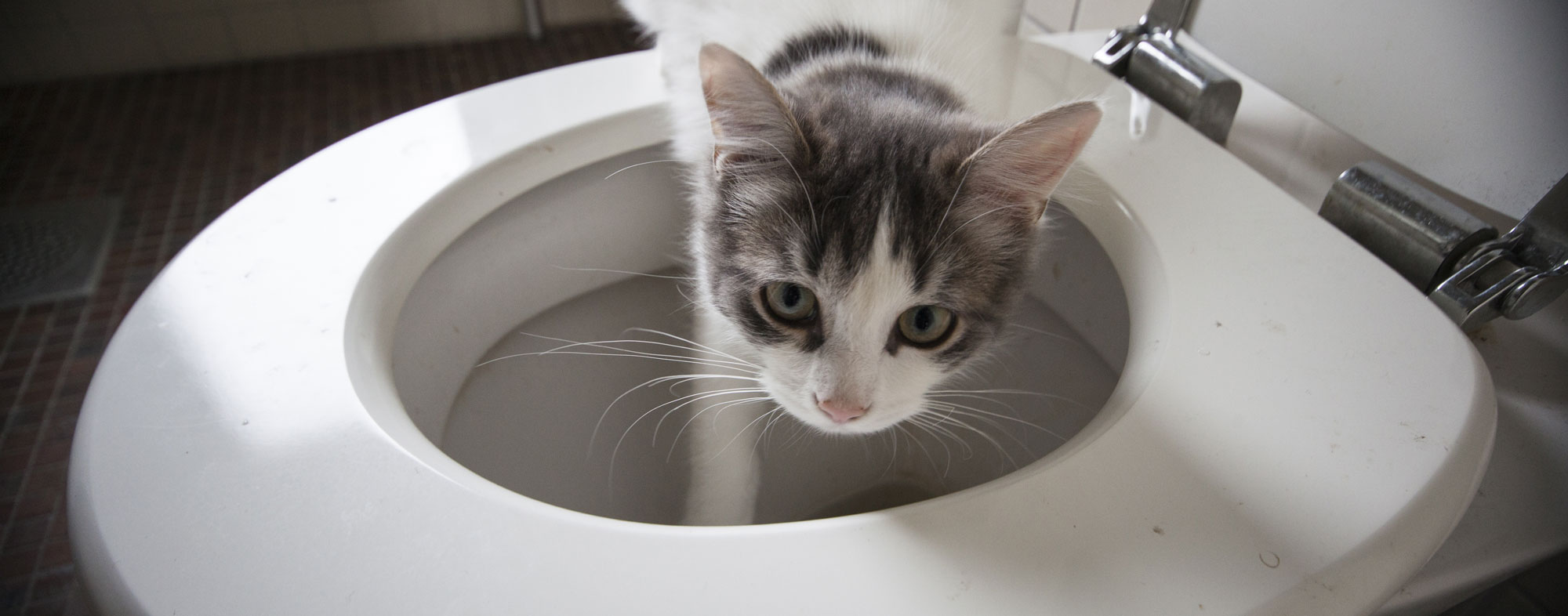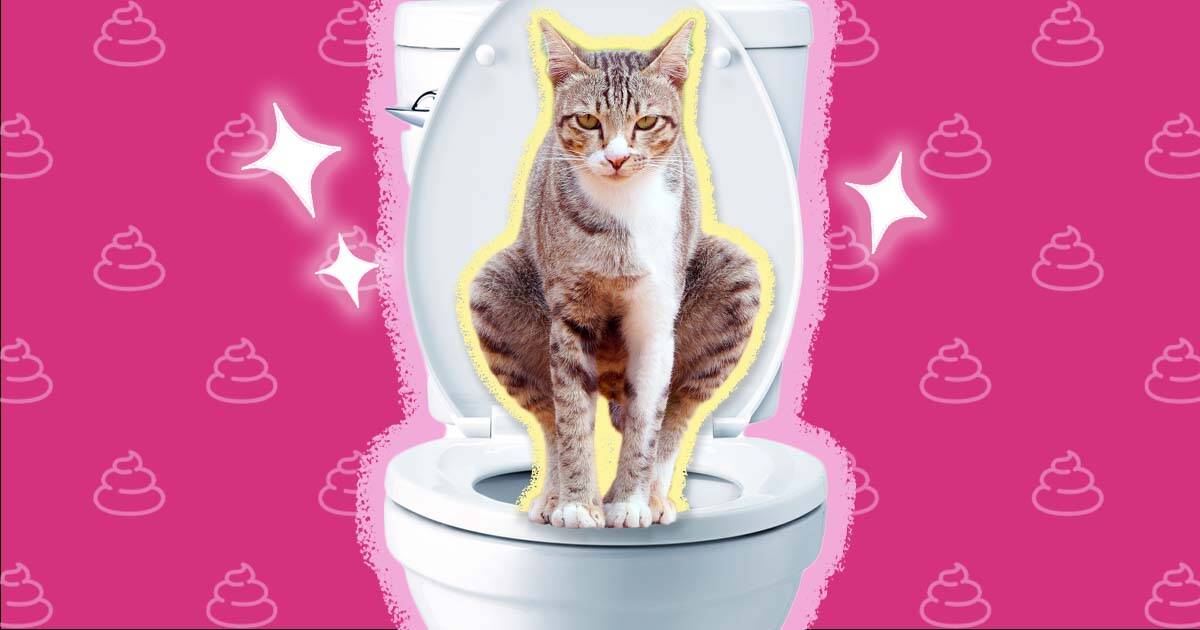Just about everyone is bound to have their own unique views with regards to 10 Things You Should Never Flush Down The Toilet.

When it concerns throwing away waste, particularly animal waste, many people usually turn to the convenient option of flushing it down the commode. However, this relatively easy solution can have significant consequences for the setting and public health. In this short article, we'll explore why flushing pet waste down the toilet is a bad concept and give alternative approaches for appropriate disposal.
Introduction
Proper garbage disposal is critical for keeping environmental sustainability and public health. While it might appear harmless to purge animal waste down the bathroom, it can lead to various issues, both for the atmosphere and human wellness.
Threats of flushing pet waste
Ecological impact
Flushing pet waste introduces harmful microorganisms and virus into waterways, which can negatively influence water ecosystems. These microorganisms can contaminate water sources and injury marine life, interrupting delicate ecosystems.
Public health concerns
Animal waste consists of hazardous bacteria such as E. coli and Salmonella, which can position serious wellness risks to human beings. Flushing pet waste down the commode can infect water materials, resulting in the spread of diseases and infections.
Alternatives to flushing
Instead of flushing pet waste down the bathroom, there are a number of different disposal approaches that are extra environmentally friendly and sanitary.
Composting
Composting animal waste is an eco-friendly means to deal with it. By composting, organic matter is broken down into nutrient-rich soil, which can be made use of to feed gardens and plants.
Land fill disposal
Getting rid of animal waste in a landfill is another alternative. While not as eco-friendly as composting, it is a much safer option to flushing, as it avoids the contamination of water sources.
Pet garbage disposal systems
There are specialized family pet garbage disposal systems offered that securely and hygienically get rid of animal waste. These systems often utilize enzymes to break down waste and eliminate smells.
Steps to correct animal waste disposal
To make sure correct disposal of pet waste, comply with these steps:
Scooping and bagging waste
Regularly scoop and bag pet waste using biodegradable bags. This protects against waste from polluting the setting.
Utilizing designated waste bins
Dispose of bagged pet waste in designated waste bins, such as garden compost bins or garbage dump bins. Avoid flushing it down the commode at all expenses.
Cleaning up litter boxes and family pet areas consistently
Frequently tidy litter boxes and pet areas to prevent the buildup of waste and bacteria. Use pet-safe cleansing products to preserve health.
Advantages of correct disposal methods
Taking on appropriate disposal approaches for website animal waste offers a number of advantages:
Reduced environmental pollution
Appropriate disposal approaches lower the risk of environmental pollution, protecting rivers and ecological communities from contamination
Minimized risk of water contamination.
By avoiding flushing animal waste down the toilet, the danger of water contamination is considerably minimized, securing public health.
Improved hygiene and health
Correct disposal methods advertise much better hygiene and health, developing a much safer environment for both humans and animals.
Conclusion
In conclusion, flushing animal waste down the commode is hazardous to the environment and public health. By taking on different disposal techniques and following proper waste monitoring methods, we can reduce the adverse effect of pet waste and contribute to a cleaner, healthier planet.
What To Do With Dog Poo – The Do's And Don'ts Of Disposing Of Faeces
Dog poo bins
Some councils provide dedicated dog waste bins in popular dog-walking areas that can take dog poo that has been bagged but you can legally dispose of dog waste in any public litter bin, as long as it is securely bagged. This also applies to your wheelie bin at home.
Do not flush
Water companies do not recommend flushing dog faeces down the toilet because certain parasites can survive the water processing treatment and are potentially harmful to humans. You should also never consider flushing dog poo that has been bagged down the toilet as the bags will not break down and instead create severe blockages in the sewage system.
In the woods
The Forestry Commission promotes a ‘stick and flick’ method for dealing with waste in the woods. This means finding a stick and using it to flick any poo from off the path so that it is out of the way of other walkers. You could also bury it as long as it is not in an area where there might be livestock.
Livestock
Parasites found in dog poo can be transmitted to livestock if they inadvertently eat infected faeces that has been left on grazing land. This could result in the death of sheep or abortion in cattle so you should always make sure you pick up your dog’s waste in fields where livestock could be present.

Frequently tidy litter boxes and pet areas to prevent the buildup of waste and bacteria. Use pet-safe cleansing products to preserve health.
Advantages of correct disposal methods
Taking on appropriate disposal approaches for website animal waste offers a number of advantages:
Reduced environmental pollution
Appropriate disposal approaches lower the risk of environmental pollution, protecting rivers and ecological communities from contamination
Minimized risk of water contamination.
By avoiding flushing animal waste down the toilet, the danger of water contamination is considerably minimized, securing public health.
Improved hygiene and health
Correct disposal methods advertise much better hygiene and health, developing a much safer environment for both humans and animals.
Conclusion
In conclusion, flushing animal waste down the commode is hazardous to the environment and public health. By taking on different disposal techniques and following proper waste monitoring methods, we can reduce the adverse effect of pet waste and contribute to a cleaner, healthier planet.
What To Do With Dog Poo – The Do's And Don'ts Of Disposing Of Faeces
Dog poo bins
Some councils provide dedicated dog waste bins in popular dog-walking areas that can take dog poo that has been bagged but you can legally dispose of dog waste in any public litter bin, as long as it is securely bagged. This also applies to your wheelie bin at home.
Do not flush
Water companies do not recommend flushing dog faeces down the toilet because certain parasites can survive the water processing treatment and are potentially harmful to humans. You should also never consider flushing dog poo that has been bagged down the toilet as the bags will not break down and instead create severe blockages in the sewage system.
In the woods
The Forestry Commission promotes a ‘stick and flick’ method for dealing with waste in the woods. This means finding a stick and using it to flick any poo from off the path so that it is out of the way of other walkers. You could also bury it as long as it is not in an area where there might be livestock.
Livestock
Parasites found in dog poo can be transmitted to livestock if they inadvertently eat infected faeces that has been left on grazing land. This could result in the death of sheep or abortion in cattle so you should always make sure you pick up your dog’s waste in fields where livestock could be present.

I'm just very intrigued by 4 Reasons Why Dog Poop Cleanup is Important and I am assuming you appreciated the entire blog entry. In case you liked our blog entry kindly consider to share it. I love reading our article about Don't Flush Your Pets Poo Down The Loo, Vet Warns.
Call